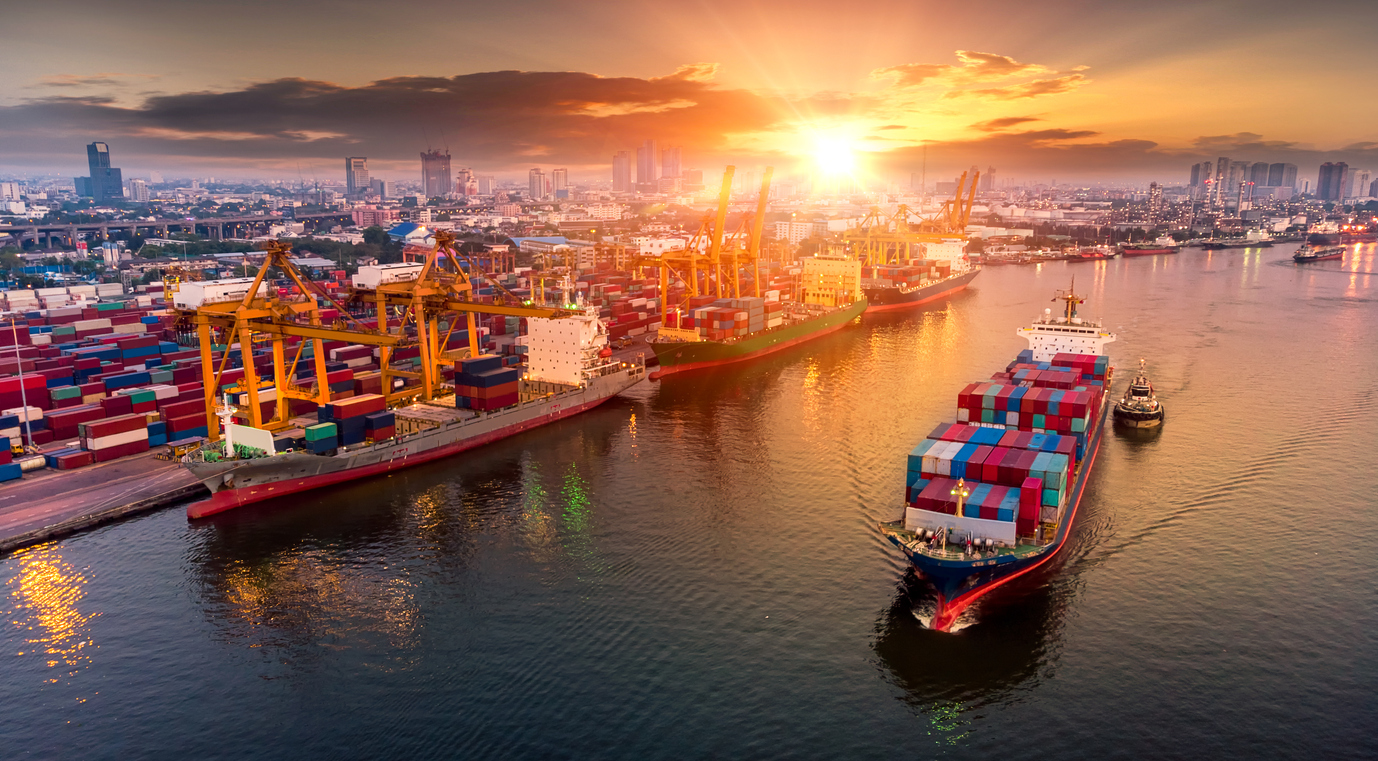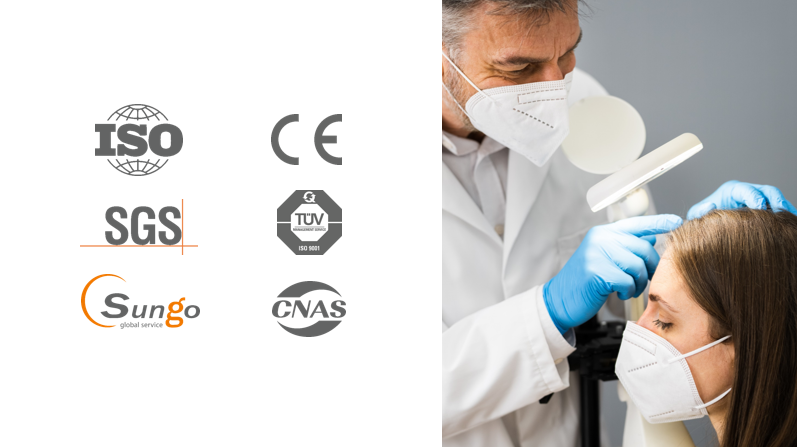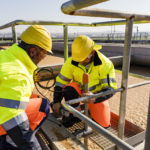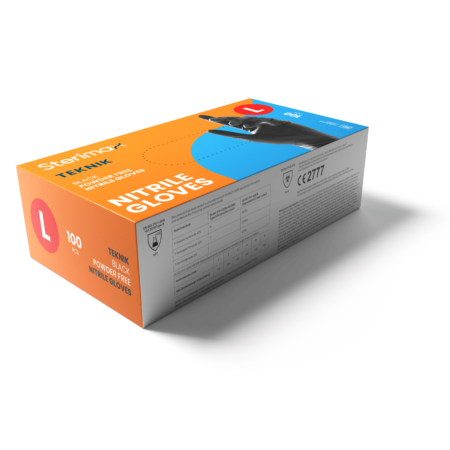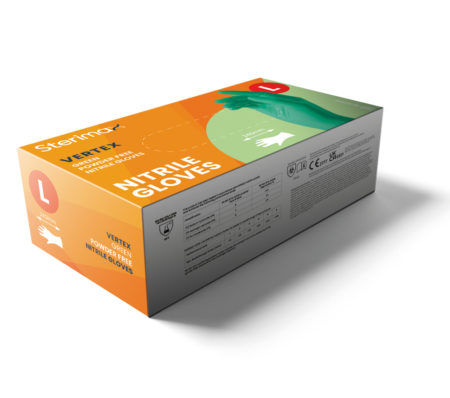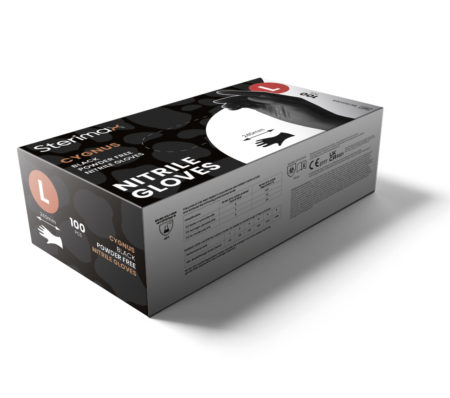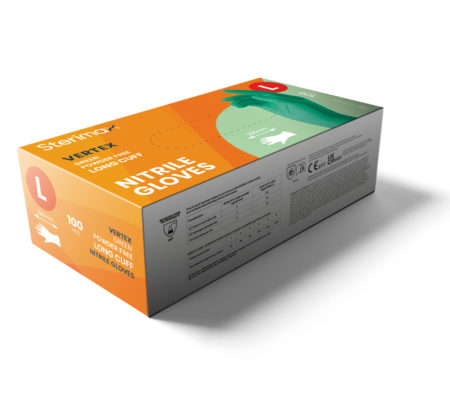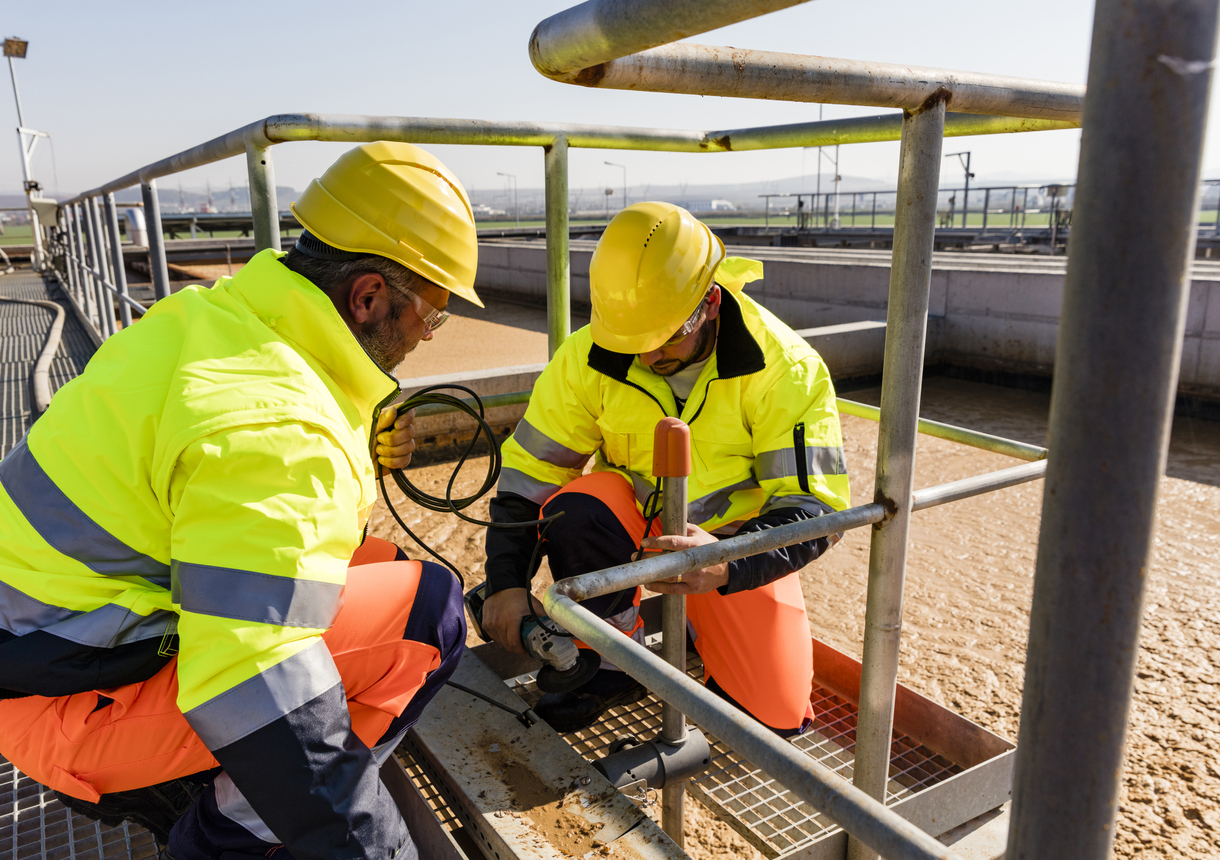When your job takes you outdoors, into traffic, near heavy machinery or on rail tracks, high-visibility clothing could save your life.
Standards like EN 343, EN ISO 20471 and RIS-3279-TOM exist to help you choose gear with the right reflective, weatherproof, and specialised features.
What is EN ISO 20471?
This ISO standard is about visibility, setting requirements for high-visibility clothing to make you stand out. This helps keep you safe in hazardous situations, whether day or night, replacing the old EN 471 standard.
The EN ISO 20471 logo shows a safety vest and a number from 1 to 3. This indicates the gear’s visibility class, with 3 being maximum visibility. More fluorescent fabric and reflective strips mean a higher visibility class.
The standard also recommends clothing choices based on your risk. Factors like vehicle speeds and if you’re a pedestrian or driver play a role. Class 3 is best for speeds over 60km/h, and Class 1 is for speeds under 30km/h.
When do you need ISO 20471 clothing? Being visible is critical to safety. Jobs like construction, road work, emergency services, and warehouses require high-visibility gear.
What is RIS-3279-TOM?
If you are a rail worker, there’s a separate standard for high-vis jackets and work gear – RIS-3279-TOM, the rail industry standard for high-visibility clothing in the UK. It bases its requirements on the European standard EN 20471:2013, with hi-vis jackets needing to meet Class 2 visibility, mid-range on a scale of 1 to 3.
RIS-3279-TOM states high vis gear must match EN 20471:2013’s specific fluorescent orange colour and brightness levels, with the orange defined by chromaticity coordinates X:0.588, Y:0.371 with a 0.4 minimum luminance factor.
What is EN 343?
EN 343 sets the requirements for materials and seams used in rain protection clothing – the idea being to keep you dry in wet weather on the job.
The EN 343 logo shows an umbrella under two numbers, X and Y. The X value rates waterproofing ability, with 3 classes where 3 is the most waterproof, and the Y value is about breathability, again with 3 classes, but here 1 means least breathable.
Now, EN 343 falls under ‘self-certification’ rules, meaning manufacturers can certify their products without needing an independent assessment.
When do you need EN 343 gear? If you work outdoors in the elements – think construction, landscaping, surveying, or any role with prolonged exposure, where the proper waterproof, breathable clothing keeps you drier and more comfortable.
Bringing the standards together
EN 343 provides the waterproofing and breathability features critical for working long hours outdoors in wet conditions. Pairing this with EN ISO 20471 gives you daytime and night-time visibility on top of weather protection.
For rail workers in the UK, combining RIS-3279-TOM and EN 343 gives visibility optimised for the rail environment, plus waterproofing to handle the elements.
Need help choosing the best hi-vis clothing? Contact us anytime for a chat.





